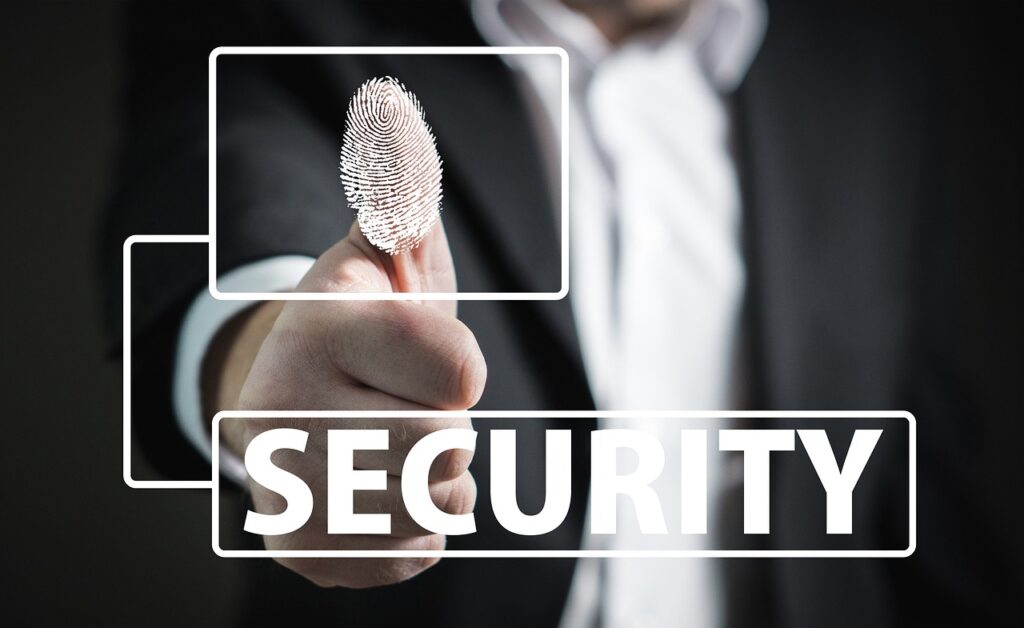In an era where our lives are intricately woven into the fabric of the online world, the risk of identity theft looms as a significant concern. As we share more personal information and conduct various aspects of our lives in the digital realm, the need for vigilant cybersecurity practices has never been more critical. As we navigate the vast expanse of cyberspace, protecting our personal information has become a paramount concern. The prevalence of online transactions, social interactions, and digital footprints creates a fertile ground for identity thieves.
In this era of advanced connectivity, learning how to prevent identity theft online is not just a precautionary measure—it’s an essential skill. This guide aims to equip you with practical strategies and insights to fortify your virtual identity. By understanding the risks and adopting proactive measures, you can navigate the digital landscape with confidence and ensure that your online presence remains secure. Let’s embark on a journey to safeguard your identity in the vast and sometimes treacherous realms of the internet.

So, you want to know how to prevent identity theft online? Well, I have great news for you, I have got exactly what you are looking for. So much of what we do and how we live our lives involves using the internet. It is crucial that you know how to protect your information to prevent identity theft, let’s look a 8 easy ways to prevent identity theft.
1. Install Robust Security Software:
Be proactive in protecting your devices by installing reliable antivirus and antispyware software. Ensure your firewall is always active to create an additional layer of defense against potential threats. Keep your software up-to-date by enabling automatic updates for enhanced security.
2. Construct Impenetrable Passwords:
Craft strong and unique passwords featuring a combination of upper and lowercase letters, symbols, and numbers. Avoid sharing passwords and refrain from using the same one across multiple accounts to minimize the risk of widespread compromise.

3. Only Use Reputable and Secure Websites.
If you are not familiar with the company, do your research. Check to see if the company uses a secure encrypted connection for financial and personal information. Hypertext transfer protocol Secure (https), as its name suggests, is a more secure variant of the older Hypertext transfer protocol (http). It’s important you see “https” in a website’s URL whenever it asks for personal or financial information.
4. Monitor Your Credit Scores:
Take advantage of your annual right to three free credit reports from Experian, Transunion, and Equifax. Freeze your credit to thwart identity thieves attempting to open lines of credit using your information. By law you have the right to three free credit reports per year; from Experian, Transunion, and Equifax. Call toll-free: (877) 322-8228. You’ll go through a simple verification process over the phone after which they’ll mail the reports to you.

5. Review Financial Statements Regularly:
Combat credit card fraud, a prevalent form of identity theft, by diligently reviewing your bank and credit card statements for any unauthorized transactions. Early detection is key to mitigating potential damage.
6. Exercise Caution with Links:
Resist the urge to click on links received via email or encountered online, especially from suspicious or unidentified sources. Be mindful of email attachments and avoid sharing personal data through insecure channels.
7. Freeze Your Credit:
The main reason criminals want to steal your identity is to open lines of credit with your information. Stop them in their tracks by simply locking or freezing your credit. To determine whether there are any costs associated with placing a security freeze on your credit, and for temporarily lifting that credit freeze when you do seek credit, see State Freeze Requirements and Fees.
8. Enable Two-Factor Authentication (2FA):
According to a 2017 Data Breach Investigations Report from Verizon, over 80% of hacking-related breaches stem from compromised passwords. Two-factor authentication (2FA) adds an extra layer of password security. It requires multiple identifiers to unlock an account. Recognizing that compromised passwords are a leading cause of security breaches, implement two-factor authentication to add an extra layer of protection. This method requires multiple identifiers to unlock an account, significantly enhancing security.
Enjoy
20% Off